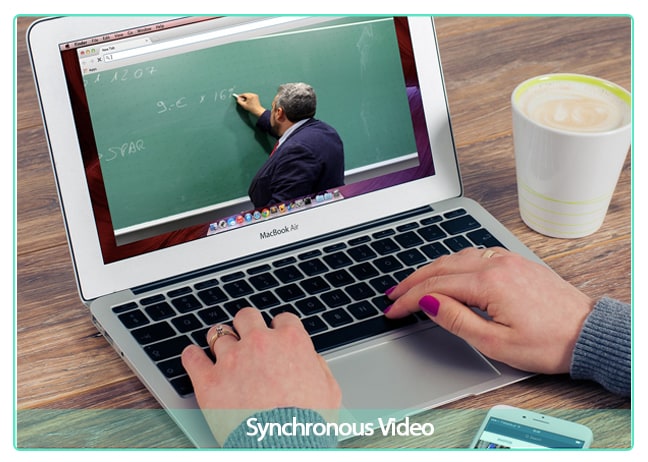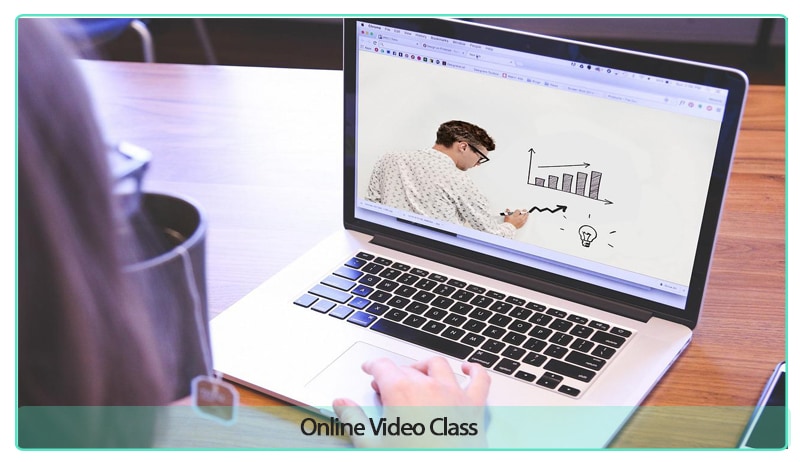![[New] Educator's Manual for Integrating Video in Classroom Instruction for 2024](https://thmb.techidaily.com/8bc720ee0adbf09ae88a648a38e027832e102c5d3884a2078035ea55eb60772c.jpg)
[New] Educator's Manual for Integrating Video in Classroom Instruction for 2024

Educator’s Manual for Integrating Video in Classroom Instruction
The use of videos in online classrooms or classes is a very much researched topic that has greatly benefited many students. Students and teachers all agree on using video as a teaching tool. The availability of free and high-quality videos online also makes the perfect addition to mixed learning environments.

Due to the pandemic, we can’t go back to school and teach our students face-to-face; the best option we need to do is to show create and personalized video for the class. Of course, as teachers, we also need the creativity to do the videos for our students.
Video in education can help the Teachers and Students as well.
- Teachers can find, share, and use some videos that someone else has made.
- Teachers can create their videos using a camera, phone, or maybe a screencast.
- Teachers can host a video conference for the class and the school.
- Knowing how the teacher discusses the lesson allows the students to create their videos.
The two options for sharing videos with your students are synchronous or asynchronous.
Synchronous Videos - it could be a live stream or an interactive video conference. It depends on the school if they want to use Zoom or Google Meet for their classes. We can record synchronous videos for the students so they can view them later if they request. It is helpful and valuable for the students if they can’t attend the live stream or, we can say, online class because of technical issues or important events they need to follow.
Some schools find that synchronous videos are a great way to keep the students connected. But there’s a problem with privacy issues nowadays, especially with the students if they are shown in synchronous videos and recorded. Make sure you need the student’s permission to record the video. We don’t also forget the internet connection issues of some students. Don’t forget and take note of that.

Asynchronous Videos - you need to record videos that can be viewed and reviewed by the students. Your videos could be a recorded activity using a mobile phone or a screencast for them to know the lesson on that day. Screencasting is where you narrate a video recording or explain the task to your students using your computer screen. It’s up to the teacher if they want to use audio, or you can also see your face in the video.
Asynchronous learning can be more convenient for the students and allows them to learn anytime they want and place wherever they are. It can also be challenging for teachers to know whether students watched the videos or engaged with the work. We don’t know if the students watched the videos or learned something in the videos. So, double-check it, teacher time to time.

Using videos in online classes or classrooms has many benefits and can be adapted for any learning objective. You might find it helpful to use synchronous and asynchronous videos simultaneously. Research continues to provide more insights on how to better utilize video in online classes or classrooms.
Different ways to use video in Online Classes
Keep your videos short
More effective if the videos you created are shorter. 12 to 15 minutes is the maximum time for the higher students (high school level) and 8 to 10 minutes for the younger students (elementary level). So, try to keep your videos as short as possible while addressing the central concept of the lesson. If you want to use a longer video, break it into smaller segments. Explain to the students the topics and the sub-topics of the lessons. You can divide it into the number of days you need to discuss that lesson.
Choose suitable videos
Some video elements are there to entertain and serve no educational purposes. Just avoid the videos with a noise like bells, whistles, or any background music to distract the students from the point of learning. Double-check everything you put into your video to ensure that it is suitable for the ears of the students.
Video Watching with the students
Thanks to YouTube, we have to find some content to add to our lessons and become part of the learning sequences of our classes. Add at least just 5 minutes to make sure your class time is not compromised. This type of learning will help the students before, during, or even after watching the videos, leading to outstanding learning outcomes.
Some activities will help the students to correct their overconfidence about how much they have learned from watching a video. You can add some pop-up questions throughout a video or give them an old-fashioned way, giving quizzes after watching the video to improve their learning.
Watch on Individual Screens
According to my research, most teachers like using a shared screen, and this will be beneficial for starting conversations, group learning exercises, and experience sharing. The students can view and learn something from the video at their homes. The students also have an advantage because they can view the video at their own pace, pause it when they want to go somewhere, or move it forwards and backward to the parts of the footage they need to hear again. This video is a way to help them manage the lesson flow so they can take some notes about it or complete the assignments and activities without missing anything.
Video has been an effective instructional tool for teachers with a track record of improving students’ learning. Today, we are leading the way toward increased reliance on video in the classroom. Video is being creatively used for learning by both teachers and students. Soon, video usage will likely increase even more. A major contributor to this expansion is the increased accessibility of technology and better internet connectivity.
More and more research supporting the advantages of blended learning will support video usage. Students will be able to benefit the most from this revolutionary trend as schools set themselves up to promote multimedia learning by carefully evaluating hardware audio along with image quality.
Free Download For Win 7 or later(64-bit)
Free Download For macOS 10.14 or later
Free Download For macOS 10.14 or later
Also read:
- [New] 2024 Approved The Insider Guide to Simplifying Character Voice Modification (PUBG)
- [New] In 2024, Inshot's Counterparts for PC Video Editing
- [Updated] A New Lens on Cinema Embracing VR Tech
- [Updated] ImagePurityMax Ultimate Eraser for Clear Backgrounds
- [Updated] In 2024, Stepping Up Your Game on Instagram
- [Updated] Premier PDF Enhancements
- Advanced Techniques for Efficient Use of LUTs in CS6/CC
- Alternative Programme Zur Videokonvertierung, Wenn HandBrake Unter Windows Nicht Funktioniert
- Dota Amo Speaker Not Working? Here's the Ultimate Fix!
- Download the New Magicard Rio Pro Driver - Compatible with Windows 10/8.1/7
- Essentials of Animated Visual Communication
- In 2024, Harnessing External Light for Cozy Interior Spaces
- In 2024, Unlock Your Lens Skills with Snapseed Essentials
- Title: [New] Educator's Manual for Integrating Video in Classroom Instruction for 2024
- Author: Gary
- Created at : 2024-11-10 04:53:54
- Updated at : 2024-11-14 23:16:28
- Link: https://article-knowledge.techidaily.com/new-educators-manual-for-integrating-video-in-classroom-instruction-for-2024/
- License: This work is licensed under CC BY-NC-SA 4.0.